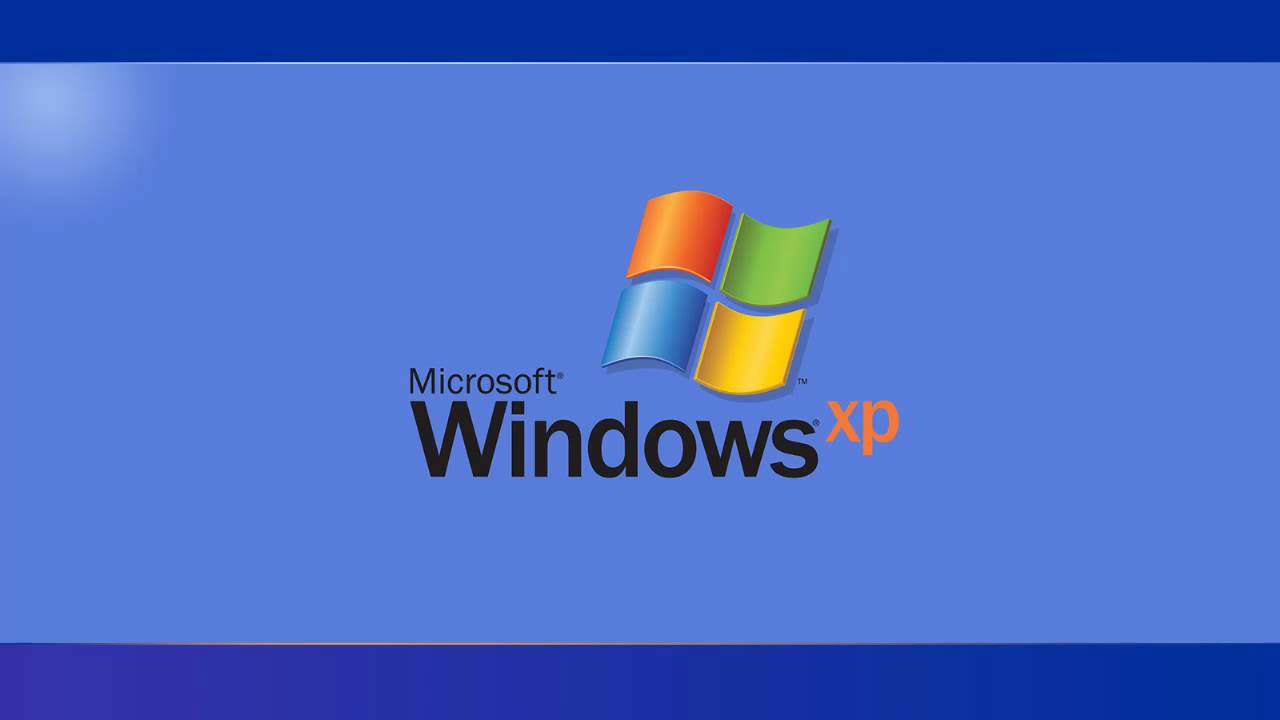

And if you slow the sound down, you actually get what sounds like a Brian Eno composition: still a “ta-da” celebration of sorts, but much gentler and more organic. As a much bigger, more atmospheric piece of audio, the Windows 95 sound was a huge sonic upgrade - but it was also a more human, musical experience. “There were about 150 adjectives and then at the bottom it said ‘.and not more than 3.8 seconds long.’”īrian became obsessed with making every microsecond count, ultimately drafting 83 versions of the 3-second sound.


“It was very funny when I got the job because they sent me quite a long letter and it said ‘the piece of music should be inspirational, sexy, driving, provocative, nostalgic, sentimental…’ It went on and on,” laughs Eno about the experience. Meanwhile, Microsoft was already hard at work on their next version: Windows 95. To create the new startup sound, they reached out to Brian Eno, a British composer famous for his ambient music. Over the next few years, household computers exploded in popularity. “For a lot of people, those Windows 3.1 computers were their first computers… and it was a very exciting thing to have in your house.” So with Windows 3.1 in 1992, in came the triumphant “ta-da.” “It kind of lined up with the idea of this kind of magical ta-da moment and the excitement that people had when they were booting up their first computer,” shares Matthew Bennett, a composer and sound artist who worked at Microsoft for over a decade. While early computers could only support a single, lo-fi tone when Windows 1.0 and 2.0 launched in the late 1980s, technology quickly advanced enough to support more complex sound design. Over the years, Microsoft has debuted at least 10 completely unique startup sounds - and almost all of them have become iconic in their own right. Startup sounds are like mini time capsules: they may only last a few short seconds, but they can reveal so much about the company that designed them, and where the technology was headed at the time. From a single lo-fi tone to a triumphant “ta-da,” to ambient compositions from both Brian Eno and a British rockstar, host Dallas Taylor takes listeners through the decades of technological innovation behind Microsoft’s sonic branding, breaking down the noises that have introduced millions of computer users to a world of possibilities. Today, Twenty Thousand Hertz - recent double Webby nominee and 2022 Ambie-winning podcast - releases “Ta-da! It’s Windows,” the first episode in a two-part series that uncovers the indelible history of Windows startup sounds. Listen To The Latest Episode From 2022 Webby Nominee & Ambie-Winning Podcast: Twenty Thousand Hertz Launches Two-Part Series on Sonic History of Microsoft’s Windows Startup Sounds


 0 kommentar(er)
0 kommentar(er)
